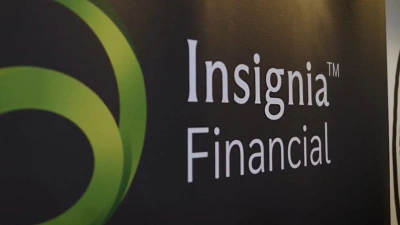Show me the money
Research groups generate an income from the fees charged to clients — either fund managers opting for a review, or subscription payments from advisers wishing to get regular updates on fund ratings. The majority of researchers will use both methods.
But there are those who believe that charging a fund manager for a rating can lead a research house into murky water — after all, repeat business is unlikely to be maintained from investment groups subject to poor ratings, so the theory is that researchers will be more inclined to give good ratings in order to retain clients.
According to the Money Management survey, 60 per cent of fund managers believe they should not have to pay for a rating, although over 80 per cent have paid fees to a researcher in the past. In addition, 62 per cent do not believe they should be required to pay to use a rating in marketing material.
There is also the issue of intellectual property — who owns the rating will depend on who pays for it.
If a fund manager pays for a rating that is unfavourable, then as the owners of the intellectual property are they within their rights not to disclose the outcome?
Where advisers pay a subscription, the rating remains the property of the research house, which allows them to publish their research regardless of the views of the fund manager. In terms of increasing the transparency of the financial services sector, the latter is surely the more favourable outcome.
So it appears that research groups are stuck between a rock and a hard place. Charging fund managers for ratings is seen as a conflict of interest. Operating other services, such as a fund-of-funds, is also viewed as a conflict of interest. Fund managers are even reluctant to pay for the use of ratings in marketing brochures.
Fund managers are quick to disparage the main forms of income generation. Unfortunately for research groups, just relying on subscription fees alone is sometimes financially hazardous.
But from some quarters there is recognition of how difficult it is to remain profitable and conflict-free.
One fund manager says: “I think both [models] have their strengths and flaws. I don’t think there is a right model. We have paid for ratings and we are happy to do so. The counterside of the argument is that it can be open to manipulation.”
“You have to look at both those models from a financial perspective, and there’s pros and cons for both.”
Recommended for you
Net cash flow on AMP’s platforms saw a substantial jump in the last quarter to $740 million, while its new digital advice offering boosted flows to superannuation and investment.
Insignia Financial has provided an update on the status of its private equity bidders as an initial six-week due diligence period comes to an end.
A judge has detailed how individuals lent as much as $1.1 million each to former financial adviser Anthony Del Vecchio, only learning when they contacted his employer that nothing had ever been invested.
Having rejected the possibility of an IPO, Mason Stevens’ CEO details why the wealth platform went down the PE route and how it intends to accelerate its growth ambitions in financial advice.














